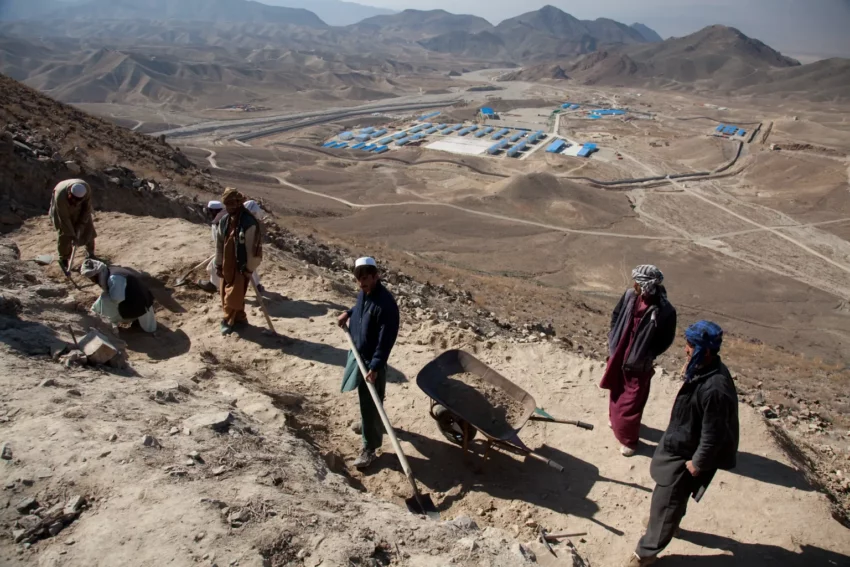Introduction to Mes Aynak
Mes Aynak, meaning “little source of copper,” lies 40 km southeast of Kabul, Afghanistan. This site, in Logar Province, holds Afghanistan’s largest copper deposit.
Get your dose of History via Email
Historical Significance
Mes Aynak was a major Buddhist settlement. It spans 40 hectares and includes monasteries, homes, and over 400 Buddha statues. Artifacts from the Bronze Age, dating back over 3000 years, have been found here. Archaeologists have also discovered remnants of a 5,000-year-old Bronze Age site beneath the Buddhist level.
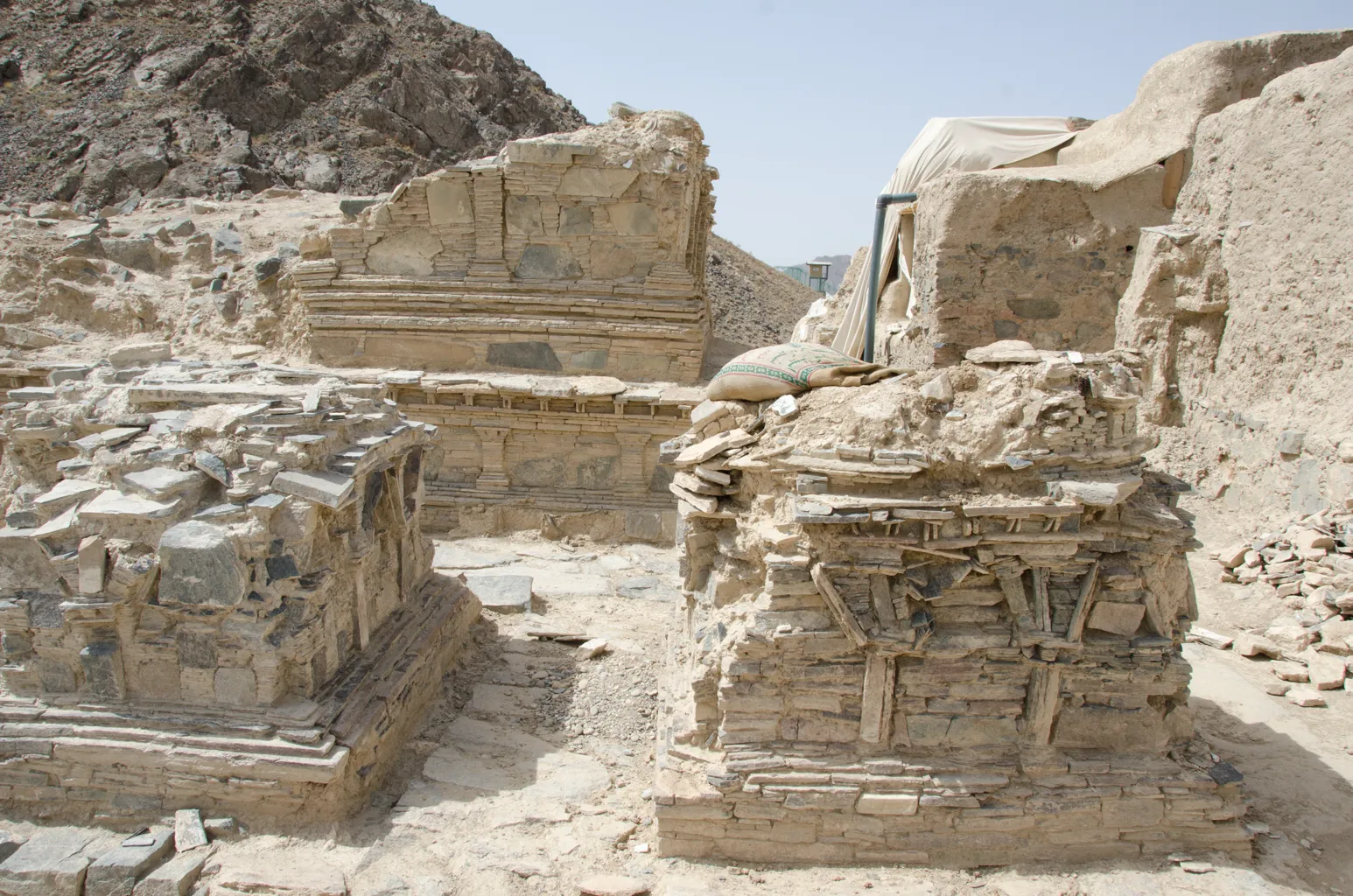
Archaeological Discoveries
The site contains a vast complex of Buddhist monasteries, stupas, and market areas. The wealth of Mes Aynak’s residents is evident in its size and guarded perimeter. Archaeologists have unearthed an ancient copper smelter and other significant artifacts.
Threats to Preservation
Afghanistan’s eagerness to mine copper threatens the site’s preservation. Archaeologists have photographed the site and excavated relics, but the mining activities continue to pose a risk.
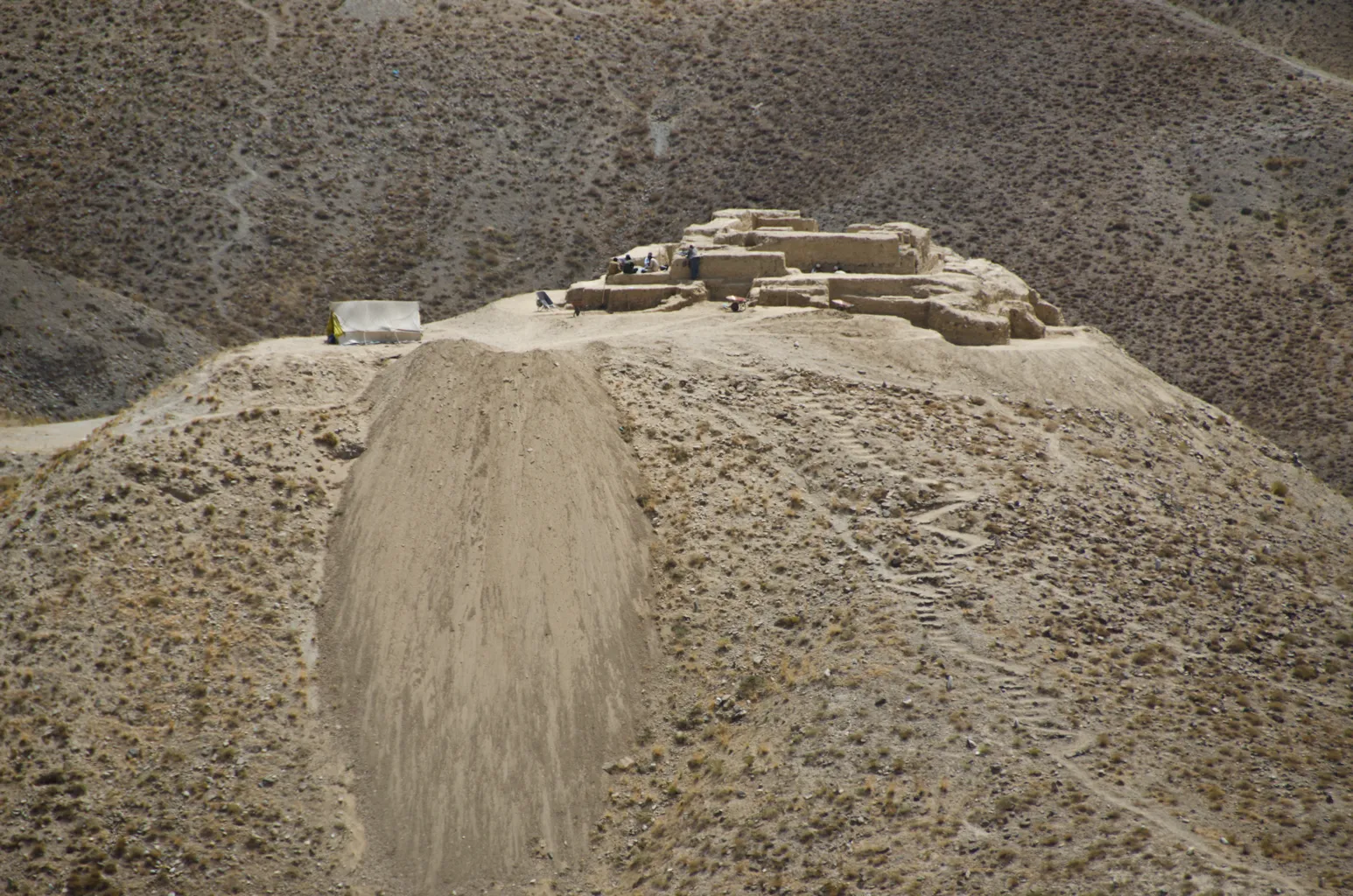
Etymology
The name Mes Aynak means “little source of copper.” The word “mis” means “copper,” and “aynak” is a diminutive form of “ayn,” meaning “source.”
Historical Timeline
Russian and Afghan geologists discovered Mes Aynak’s archaeological wealth in 1973-1974. The site thrived between the 5th and 7th centuries AD. Coins from the Alchon Hun rulers confirm their presence around 450-500 AD. The settlement began to decline in the 8th century and was abandoned 200 years later.
Recent Conflicts
On May 17, 2020, the Taliban attacked a security checkpoint near the Mes Aynak mine. Eight security guards died, and five others were wounded.
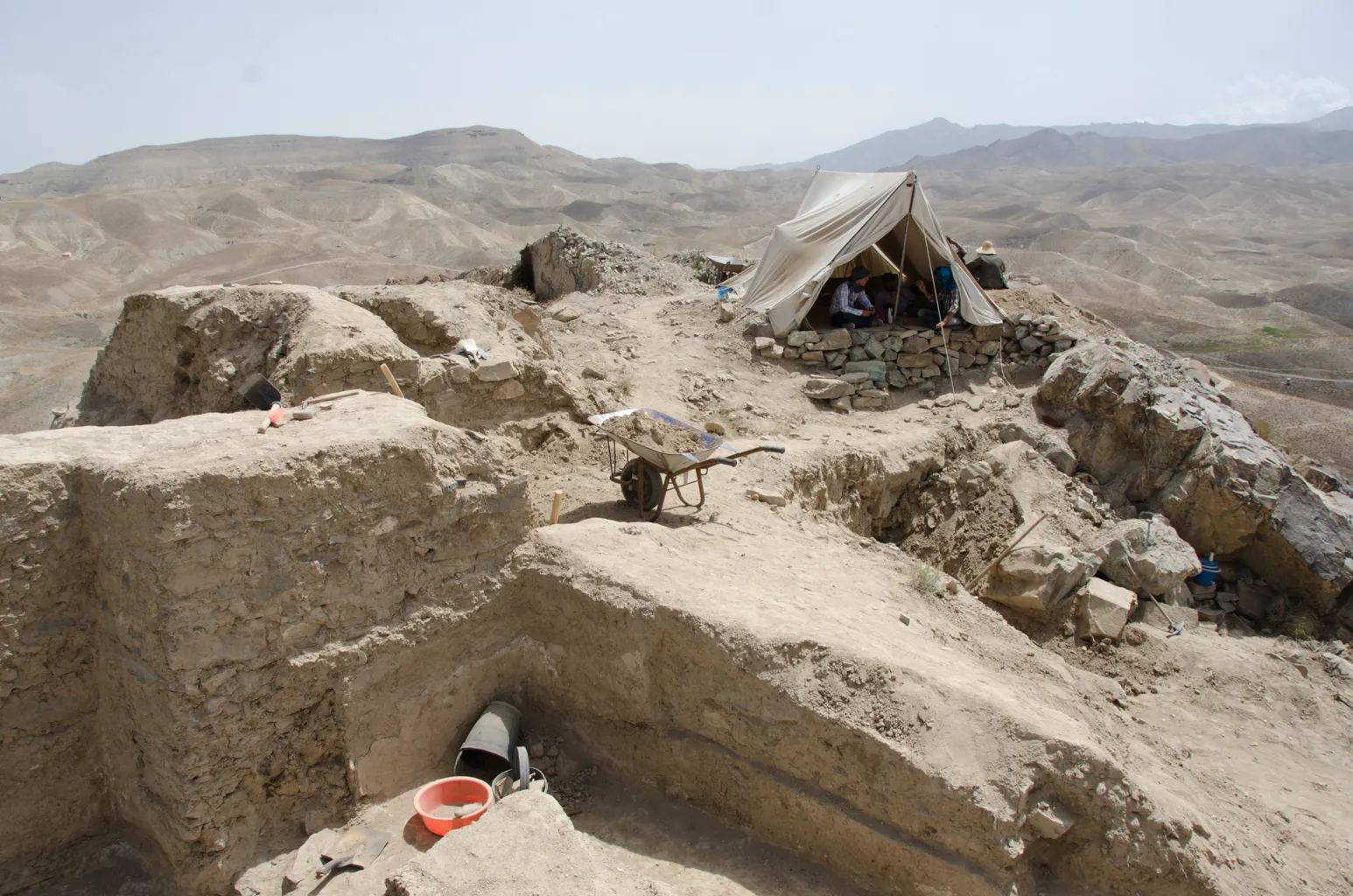
Mining Lease
In November 2007, the China Metallurgical Group (MCC) received a 30-year lease for the copper mine. This deal, worth $3 billion, marked the biggest foreign investment in Afghanistan’s history. Allegations of corruption have surrounded the contracting process.
Economic Potential
The Afghan Mining Ministry estimates the mine holds six million tons of copper. The mine could generate jobs and economic activity but threatens the site’s archaeological remains.
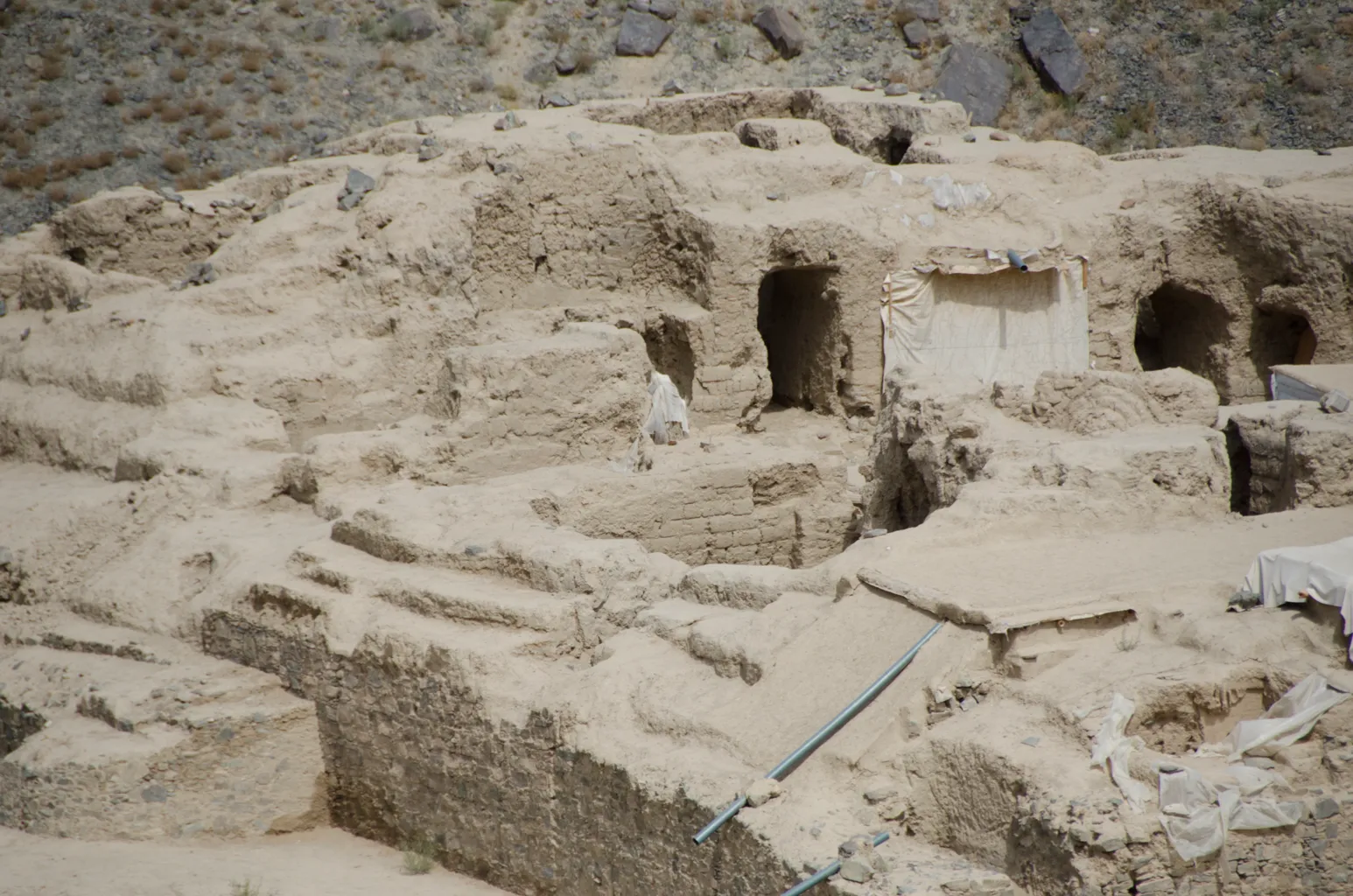
Environmental Concerns
As of July 2012, MCC had not developed an environmental impact plan. Experts warned that the project could fail due to unmet promises, such as proper housing for relocated villagers.
Archaeological Work
Archaeologists consider Mes Aynak a major historical heritage site. It includes 19 separate archaeological sites, such as forts, monasteries, stupas, and a Zoroastrian fire temple. The site also holds remains from prior civilizations, dating back to the 3rd century BC.
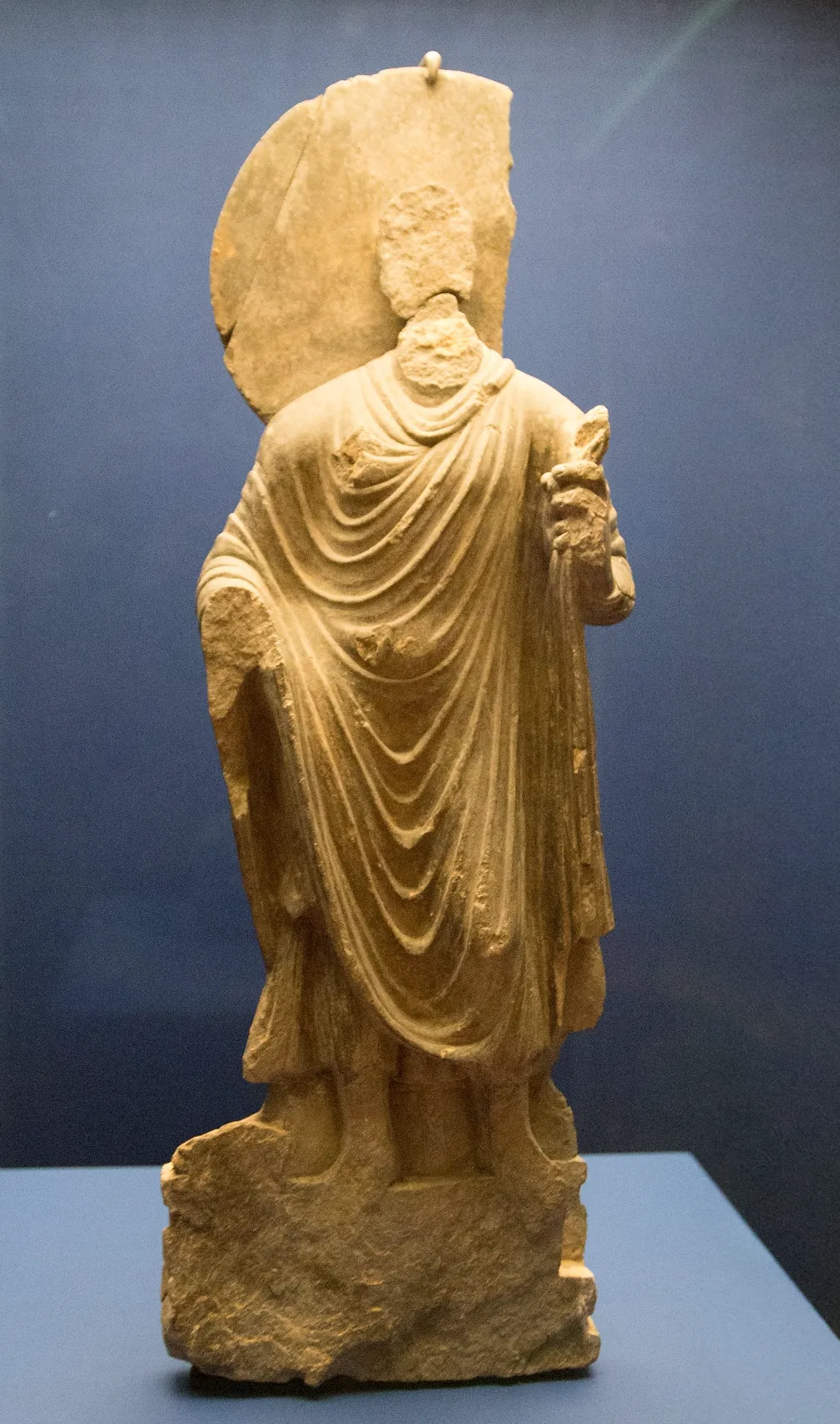
Rescue Excavations
Between May 2010 and July 2011, archaeologists excavated around 400 items. The site covers 400,000 square meters and includes several monasteries and a commercial area. Buddhists settled here almost two millennia ago, drawn by the copper.
Recent Developments
The U.S. Embassy in Kabul provided funding to help save the Buddhist ruins. As of June 2013, an international team of 67 archaeologists and 550 local laborers worked on the site. The team used advanced technology to map the ruins.
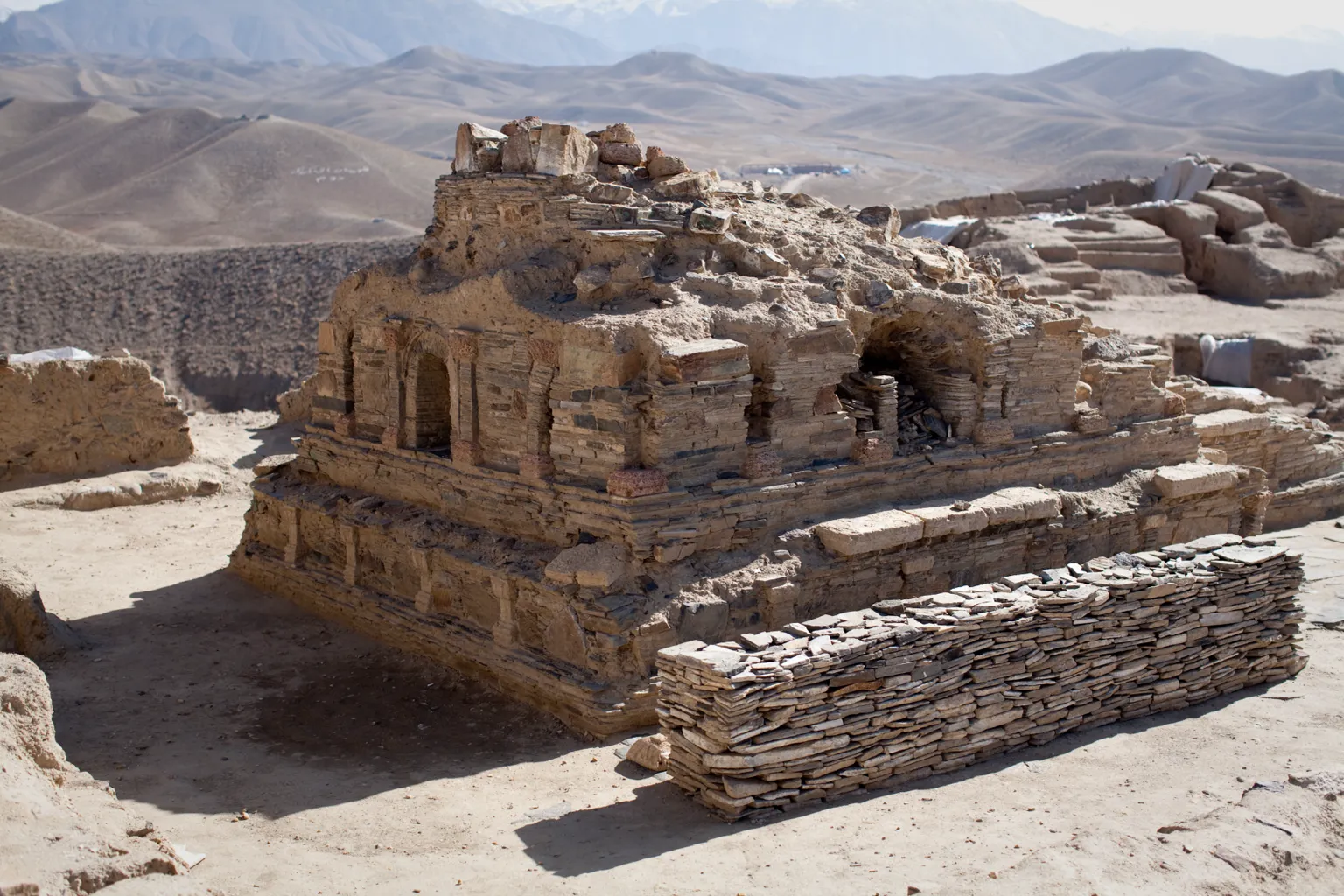
Ongoing Challenges
Rescue work continued as of June 2014, despite difficulties. Security concerns and a lack of international experts posed challenges. Declining copper prices also delayed mining plans.
Sources:


